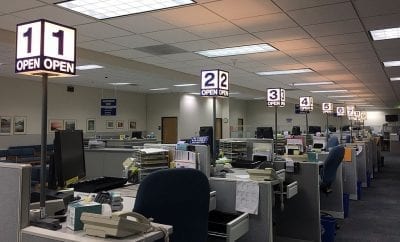
News
Seaport Village Redevelopment
On Tuesday, the San Diego Unified Port District gave the green light to an exclusive negotiating agreement with a local development team to revamp Seaport Village. The plan is said to include hotels, maritime offices, shops and restaurants, an aquarium, maritime academy, observation tower, enlarged commercial fishing harbor and improved parkland and open space. The $1.2 billion master plan is being called Seaport San Diego, and the project envisions 1,075 hotel rooms; 390,000 square feet of retail and restaurant space; 19,000 square feet of marine-oriented business offices; a 65,000-square-foot maritime academy for high school and college students; a 480-foot observation tower; 151,000-square-foot aquarium; and 21 acres of parks, including Embarcadero Marina Park North.
But what will happen to the quaint, charming Seaport Village as we know it? The proposed plan calls for the demolition of the specialty shopping center, although a number of tenants wish to stay. The negotiating agreement requires extensive studies to survey the land and come up with a plan for relocation and retention of current tenants of Seaport Village. Other studies to be completed are to deal with market demand and feasibility; Tuna Harbor facilities for commercial fishing; legality of the maritime academy aimed at high school and community college students; a detailed and refined project description of the various components; and the financial strategy for obtaining debt and equity commitments.
Another thing for the developers to consider while planning this major project: the recent discovery of an earthquake fault at the 70-acre site along at the Central Embarcadero between the Midway Aircraft Carrier Museum and the hotel complex around the San Diego Convention Center. Yehudi Gaffen, the head of the redevelopment team, says that if the fault, which is located beneath the old police station and Seaport Village buildings, is determined to be younger than 11,000 years old, then it is considered active and building restrictions would kick in. However, the land on top of the fault could be used as open space and buildings could be built to cantelever over part of it.
Gaffen said the team aims to start construction by 2020 with various elements of the master plan rolled out over the next few years, depending on market conditions. This proposed plan would change the bay drastically. Gaffen and his team were given 12 months to come up with a detailed plan and 2 years to complete other items required prior to signing a final agreement. San Diegans and tourists alike will have at least a few more years to enjoy the simple charm of the iconic Seaport Village.





1 Comment